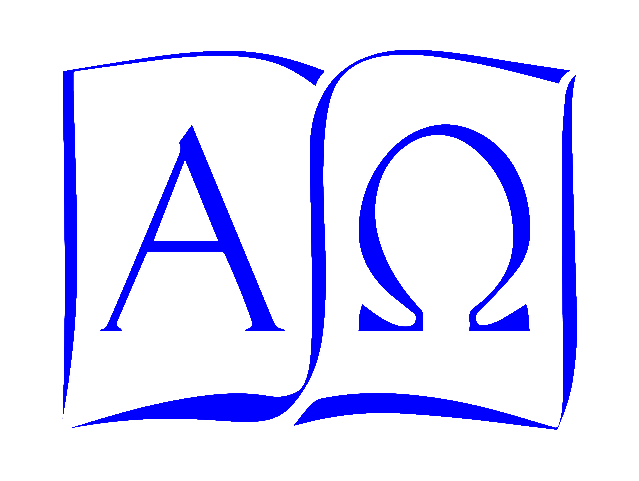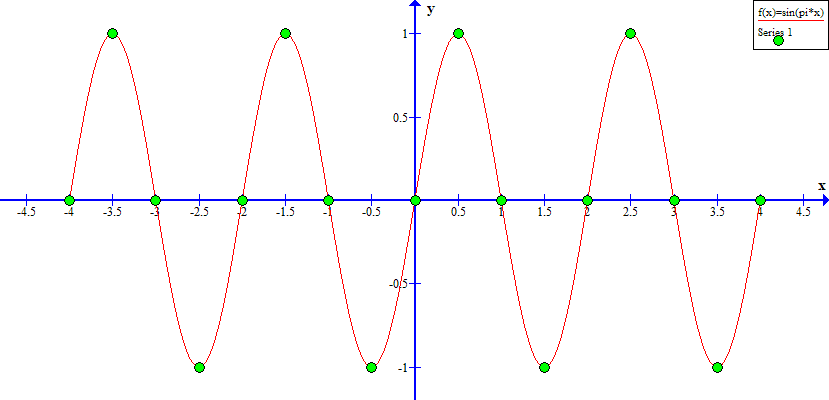You may have seen a picture of movie film. A movie film consists of a large sequence of still images, which are presented so rapidly that the viewer perceives it as motion. This is true whether the pictures are photographic images of something with physical existence, or whether they are drawn or composed artwork. (Collecting animation “cels” is even a hobby these days.) Rapid sequences of images imitating motion is such a commonplace these days, that home theater enthusiasts discuss the virtues of 24 or 30 or 60 or 120 or even 240 frames per second. People just assume that’s how imaging works.
The observation that we see a lot of sequences of still images leads to the what is really a very old question,
“is the physical world, is what we call ‘reality’ really just a set of steps rather than a flow?”
Is our experience of time actually an elaborate illusion of continuous, infinitely-subdividable time, or is it an illusion? We know the answer for movies and videos – “persistence of vision” in the nervous system, from the eye all the way to the brain, fuses the rapid sequence of images into what we perceive as smooth, continuous motion.
That question – is smooth continuity of time an illusion – dates back to the ancient Greeks (although not in the terms we moderns use!). Although it may not be obvious, it is a key question in the study of mathematics. Of course, math is usually thought of as an abstract enterprise, rather than a philosophical or experiential one. However, mathematical inquiry is often driven by non-mathematical questions!
Calculus is pretty fundamentally based on the idea that time and space are continuous – that they can be subdivided into ever smaller intervals without running into any obstacles. We can formalize this subdivision. This smoothness, this absence of jumps or “still frames” actually matches the world we experience every day. There is a notable exception: most wall clocks and watches, which have a second hand which jumps to the next division once a second. (I don’t know about you, but I find that jumping second hand irritating!)
But the widespread use of computers and related digital technologies (compact discs, mp3 files, digital video including HDTV, and so on in ever-widening application) doesn’t depend on continuous time. In fact, it can’t – a CD can hold a maximum of about 760 megabytes, a standard DVD can hold about 4.3 gigabytes, and newer standards like blu-ray and 8K HDTV streaming with can hold and transport ever-higher quantities of data. But regardless of the technology, they cannot hold an infinite amount of data – which would be needed for a continuous-time, continuous-space representation.
So there is a growing conversation about which should come first – the very analog, continuous, traditional view of the world seen through the lens of calculus, or the very digital, quantized, step-like modern representation of reality.
These discussions can even get heated at times.
Where this affects me, as a teacher of Calculus here at Scholars Online, and as an engineer using digital techniques, is reflected in the questions, “What class should come after Algebra II and Trigonometry? Precalculus/Calculus, or Linear Algebra? (“Linear Algebra” is part of the mathematics which underlies much computer and digital work.)
What do you think? And, perhaps more importantly, why?


One response
Stephen Wolfram, the man behind the Mathematica programming system, proposes exactly this: that we stop thinking of natural processes as continuous, and instead think of collections of objects as systems that undergo state changes that can then be identified, categorized, and studied. In his work A New Kind of Science, he discusses how simple rule sets can control how one set of cells changes during a state transition, and produce a new set of cells that changes again by the same rule. Eventually the state changes produce patterns, many of which we find in nature, and some of which have odd behaviors. The study of systems (especially those that can be simulated in computer models) poses new possibilities and challenges to our current notions of interacting fields, continuous movement through space, and the flow of time itself.